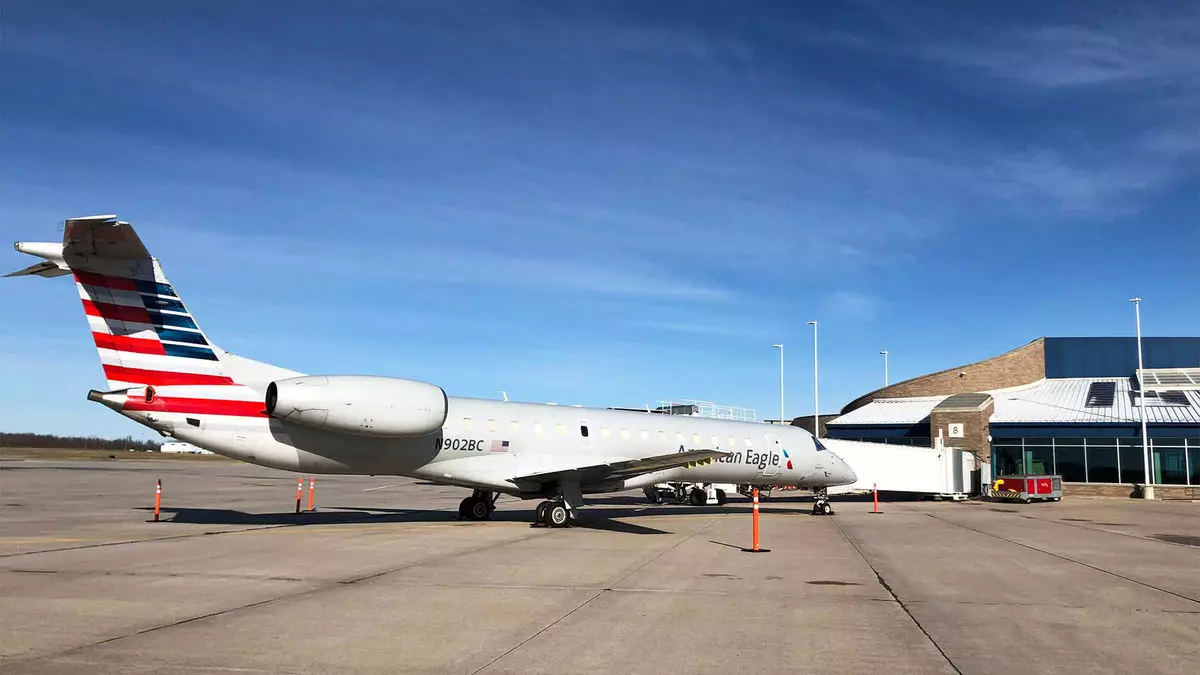In the aftermath of the pandemic, many small airports across the United States, including Appleton Airport in northeast Wisconsin, faced a significant reduction in air service. This decline was primarily due to an acute shortage of pilots, which forced major airlines like American, Delta, and United to ground their regional flights. As travel began to rebound, these smaller airports were left grappling with diminished connectivity, making it challenging for residents and businesses to engage in broader national and international travel.
Airline service is vital for regional economies, facilitating business travel and tourism. The drops in service posed considerable challenges, particularly for a city like Appleton, where air travel options were already limited. However, as the aviation industry began to recover, indications arose that Appleton Airport might be on the brink of a revitalization of its air service.
In June, Appleton Airport marked a significant milestone as American Airlines introduced its first-ever service to Dallas-Fort Worth using an American Eagle-branded regional jet. This daily flight is part of a broader trend where American has resumed or launched several new routes in the past year, including another key connection to Charlotte. These new additions are indicative of an increase in capacity and a commitment by major carriers to restore their services in response to growing demand.
United and Delta have also stepped up their game, amplifying regional flight frequencies at Appleton. Despite a challenging post-pandemic landscape, this resurgence is a testament to the airport’s relevance and the desire of both airlines and passengers for improved connectivity.
The statistics tell a compelling story of recovery. Between October 2021 and October 2023, Appleton saw a staggering 31% decline in major airline flights due to the pilot shortage and reduced seat availability. However, the tide has turned dramatically, with the flight count from the major airlines now rebounding to an impressive 92% of pre-pandemic levels. The redeployment of larger regional aircraft has even allowed the airport to exceed its previous seat counts by almost 6%.
According to Cirium’s flight schedule data, in just the past year, Appleton has enjoyed a robust 33% growth in major airline frequencies. This growth reflects increased Delta services to hubs in Minneapolis and Detroit, alongside a bolstered United presence at Chicago O’Hare. The increased connectivity offers substantial benefits for the approximately 250,000 residents in the Appleton metro area, enabling easier access for business and leisure travelers alike.
Appleton’s experience is not an isolated incident; numerous small and medium-sized communities across the U.S. are witnessing similar boosts in air service. Airlines have gradually regained ground by hiring additional pilots, allowing them to operate more regional jets. For instance, American Airlines is now offering 14.9% more regional aircraft flights than a year ago. United and Delta have also reported positive growth, with 13.9% and 9.8% increases, respectively.
Delta’s president, Glen Hauenstein, noted during a recent earnings call that the acute regional pilot shortage, which surged in late 2021, is dissipating. As the airline optimizes its regional capacity use, it aims to restore its fleet to full utilization, signaling an optimistic outlook for the industry.
Despite the positive trends observed in some regions, the overall picture for U.S. regional flights remains mixed. While some airports are experiencing an upswing in service, many smaller commercial airports that attracted no more than 0.05% of U.S. passengers have continued to lose airlines. Current data suggests that 65% of U.S. airports have less flight service than they did before the pandemic.
The long-term strategies of major airlines like Delta and United indicate a preference for operating larger mainline aircraft, which could precipitate a declining role for regional jets. United’s CEO, Scott Kirby, has hinted at a future where regional jets will constitute a smaller fraction of the airline’s overall operations.
Nevertheless, Appleton Airport remains proactive and ambitious, continuing to seek out new opportunities to enhance its services and connect its community to greater travel options. As Jesse Funk, the airport’s air service and business development manager, put it, “We’re happy but still looking for more.” Indeed, the journey of recovery is ongoing, with potential for growth still ahead.


Leave a Reply